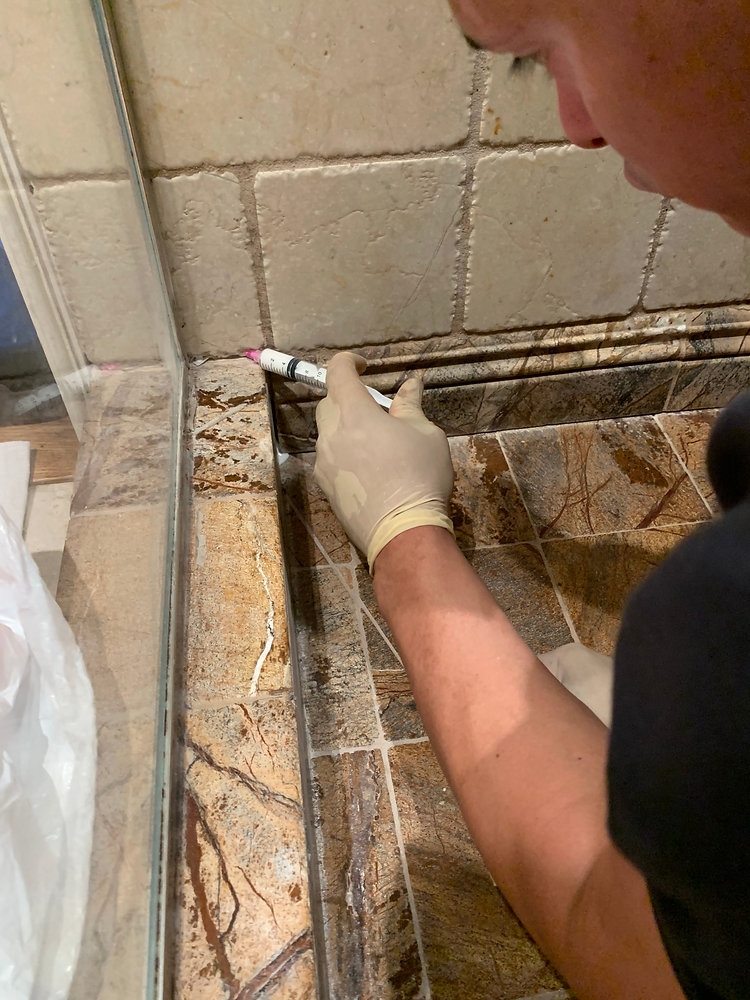mwinnick
New Member
- Messages
- 8
- Reaction score
- 0
- Points
- 0
I have a cultured marble shower. The floor is a solid piece. I have caulked the floor edges all around a number of times and unless I am just not doing it right after a few months, or sometimes a few weeks water comes out from under the caulked area (I use Silicone II). Nothing leaks outside the shower. What I do not understand is if the base under the floor (I've got a pan, then the mud base, then the marble or whatever it's made of floor that you stand on) is supposed to absorb water, but then drain it to the drain, why would there ever be a large enough buildup of water up the sides of the pan to allow pressure on the back of the caulk to cause it to push through? One thing to add. A repair guy came out once to fix it and after taking off all the marble at the base accidently cut the pan about 3 or 4 inches off the floor. I sealed the small cut with rubber cement and some plastic covering. Now, that hole appears to leak a little because I notice that some wood molding on the outside of the shower, where there is no marble, gets wet. That means that water must rise behind the marble sides in the shower, up the drain pan side at least 4 inches to reach that cut on drip through. I can't understand how so much water can get that high. Shouldn't it drain out the shower as soon as it gets even one inch high?





